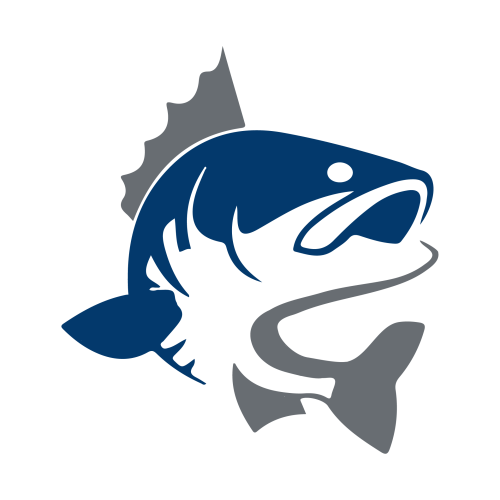Tilapia fish
The genus Tilapia is a member of the cichlid (Cichlidae) family and belongs to the order Pisces, which has a rectangular body with small scales. The main habitat of this fish is East Africa, especially Kenya.Whereas toady, Tilapia is grown in Japan, Russia, India, parts of the United States and Europe.Consumption of tilapia is currently growing rapidly worldwide, while this fish is labeled as the second most farmed fish in the world after carp in terms of its production.
This fish has a high ability to live in new environments due to its omnivorousness, high reproduction and high resistance to environmental conditions.
Tilapia fish is salt-tolerant and can live in sea water. Some species are found in brackish waters.Their aggressiveness is less frequent, and if this behavior is occasionally observed, it’s likely due to sexual factors, temperature and production density. The optimal temperature range for their growth is 25 to 30 degrees Celsius and they spawn in these temperatures. Their temperature limit is below 9 degrees Celsius. This type of fish is resistant to various diseases, too.
limit is below 9 degrees Celsius. This type of fish is resistant to various diseases.
Tilapia fish is actually one of freshwater and warm water fish, but due to its ability to live in salty water, it is now widely cultivated in salt water as well. The suitable temperature for raising tilapia is 25 to 30 degrees Celsius, and the growth of this fish decreases at temperatures below 20 degrees.
This fish shows good growth capability in different types of rearing systems such as earthen pools, concrete tanks and cages.
Feeding of farmed tilapia fish
Most tilapia are microphytic eaters, but some prefer more organic plants and But some prefer more organic plants where other farmed species feed on plankton. Species with shorter and coarser gill spines feed on larger food particles. A high amount of vegetable protein can be used in the tilapia diet, so its price can be cheaper than other farmed species.
Some of the benefits of extruded feed for feeding tilapia fish are:
- Applying the most advanced feed formulation methods based on indigenous farming knowledge and information
- Floating feed on the surface of the water allows maximum use of it.
- A balanced ratio of digestible protein to digestible energy (DP: DE) ensures rapid growth of fish.
- Proper consistency and stability of the feed will prevent contaminating the aquatic growing environment.
- Strength and resistance to various environmental stresses are increased by the presence of various stimulants of the immune system in their feed.






